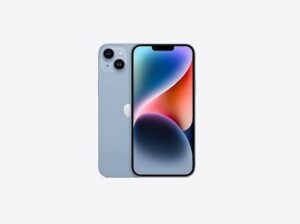
The American search engine Google has unveiled Android 13 Go edition for budget smartphones with new updates. The Go edition was introduced five years ago, to help the manufacturers create affordable devices with a tailored software experience. This upgraded version of Android removes unnecessary apps from the smartphone and only includes the essentials. For instance, Google’s own apps like Gmail and Chrome, which tend to be quite heavy, are tailored for an enhanced user experience.
Android Go editions can be generally seen in smartphones with up to 3GB of RAM. Google says in a blog post that there are over 250 million monthly active devices powered by Android Go. To help users stay safe online, it is adding Google Play System Updates to Android Go-powered handsets to ensure devices can get crucial software updates outside the major Android release, as per Google.
The technology giant explains, “This will make the delivery of critical updates quick and simple without compromising storage availability on the device.”
With the new version of Android 13, Google is expanding ‘Material You’ to compatible smartphones for the first time. Material You is Google’s unified design language which was introduced last year for the first time. Using this feature, the handset extracts colours from the wallpaper and changes app icons and fonts accordingly.
Moreover, the update brings some of the key Android 13 features like Notification Permissions, App Language Preferences and more for Go-powered devices.
Google is also rolling out Google Discover with its new update. This feature can be quite useful for users who enjoy reading news articles. It would notably curate a list of news stories and other content based on users’ browsing history. However, users also have the option to disable the setting to get personalised content..
Google and other smartphone OEMs are yet to announce the rollout timeline. More details are expected from Google in the coming months.
Meanwhile, Google is also replacing the ‘Ad’ with ‘Sponsored label’ in bold next to the advertisements appearing in search results. Additionally, this label will be present in the line above the site URL, instead of showing it next to the URL.

